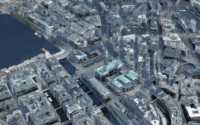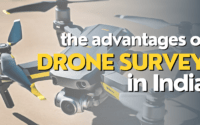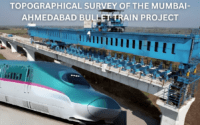How Drone Surveys Empower Infrastructure Development in India?
The world is undergoing a period of unprecedented infrastructure development, and Atom Aviation stands at the forefront of this transformation using drone surveys. As the country continues to build its roads, railways, bridges, and other critical infrastructure assets, the need for accurate and timely data collection has become more crucial than ever. Traditional ground-based survey methods, while reliable, are often slow, expensive, and hazardous, particularly in challenging terrain or remote areas.
In an era of rapid technological advancements, drone surveys have emerged as a game-changing solution for infrastructure development. These unmanned aerial vehicles (UAVs) equipped with high-resolution cameras and sensors offer a powerful and efficient way to gather high-quality data across a wide range of applications. Atom Aviation revolutionizing the way infrastructure projects are planned, executed, and monitored using drone or UAV Technology.
Benefits of Drone Surveys for Infrastructure Projects
Drone surveys bring several key benefits to infrastructure projects, also making them an invaluable asset for the industry. Here are some of the most compelling advantages:
-
- Enhanced Data Collection: Surveys enable the collection of high-resolution aerial imagery and data with unparalleled accuracy and detail. Users can utilize this data to generate detailed maps, 3D models, and other valuable insights that traditional methods previously found difficult or impossible to obtain.
-
- Improved Efficiency: Drone surveys are significantly faster and more efficient than traditional ground-based survey methods. Drones can cover large areas in a fraction of the time, reducing the overall project timeline and costs.
-
- Reduced Costs: Drone surveys offer a cost-effective alternative to traditional survey methods, as they require less manpower, equipment, and time. This cost-effectiveness makes drone technology an attractive option for infrastructure projects of all sizes.
-
- Enhanced Safety: Drone surveys eliminate the need for surveyors to work in hazardous or inaccessible areas, significantly reducing the risk of accidents and injuries.
-
- Improved Decision-Making: The comprehensive and accurate data provided by drone or UAV survey enables informed decision-making throughout the infrastructure project lifecycle, from planning and design to construction and maintenance.
Applications of Drone Surveys in Infrastructure
-
- Road and Railway Construction: Drones can assess terrain, map road alignments, identify potential obstacles, and monitor construction progress through surveys.
-
- Bridge Inspection: Drone surveys can provide detailed inspections of bridges, including structural integrity assessments, crack detection, and corrosion analysis.
-
- Power Line Inspection: A drone survey can inspect power lines for damage, vegetation encroachment, and potential safety hazards.
-
- Mining and Construction Material Management: Drone surveys actively monitor construction material stockpiles, track excavation progress, and identify areas of erosion or instability.
-
- Disaster Management and Response: Drone Technology can provide real-time aerial imagery and data to assess damage caused by natural disasters, plan relief efforts, and monitor recovery progress.
Drone or UAV Technology also improves the efficiency, safety, and quality of infrastructure development projects in India in many ways.
Case Studies of Drone Surveys in Infrastructure
The benefits of drone surveys are not just theoretical; they are being demonstrated in real-world projects across India. Here are a few notable examples:
-
- Mumbai-Ahmedabad Bullet Train Project: By using a Drone survey map the alignment of the high-speed rail corridor, identifying potential obstacles, and assessing environmental impacts.
-
- Chenab Bridge: Drone survey provides detailed inspections of the world’s highest arch bridge, ensuring its structural integrity and safety.
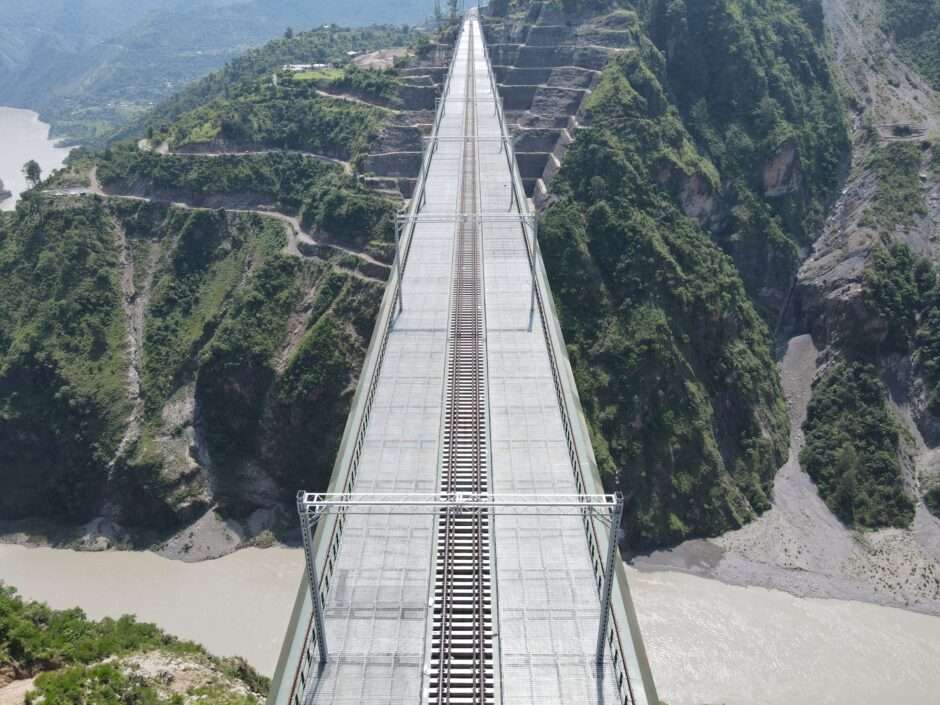
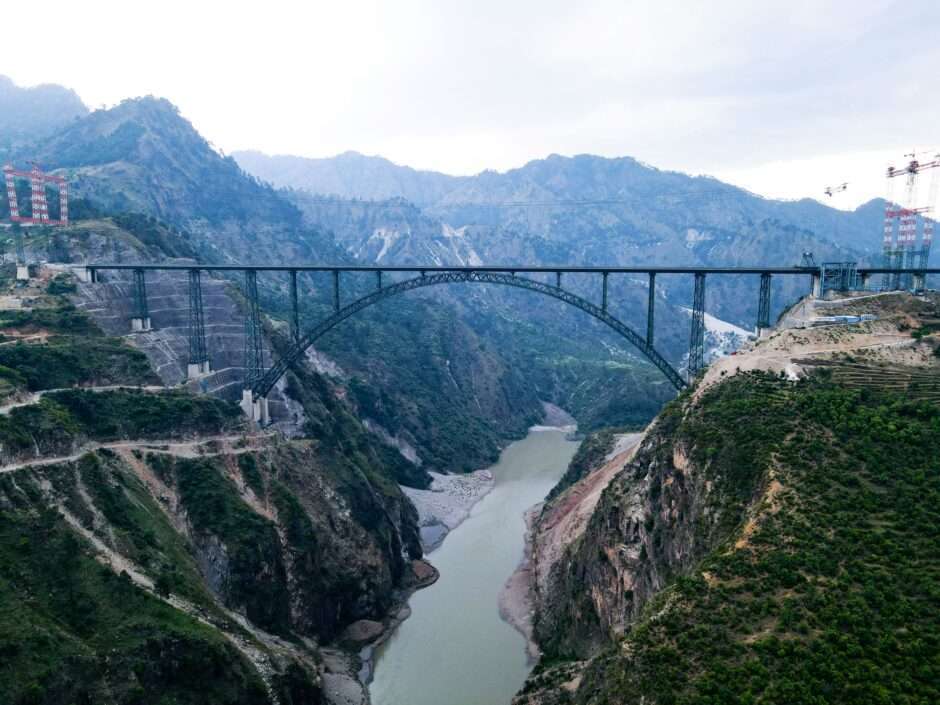
-
- National Highways Authority of India (NHAI) Projects: NHAI is widely adopting drone surveys for various road construction and maintenance projects, improving project efficiency and reducing costs.
-
- Power Grid Corporation of India (PGCIL): PGCIL is utilizing drone surveys for power line inspection, enhancing safety and preventing potential disruptions.
These case studies illustrate the transformative impact drone surveys are having on infrastructure development in India.
Future of Drone Surveys in Infrastructure
As drone technology continues to evolve, its applications in infrastructure development are expected to expand even further. Advancements in sensor technology, artificial intelligence, and data processing will enable surveys to provide even more detailed and actionable insights. Additionally, the integration of UAV surveys into Building Information Modeling (BIM) systems will facilitate better collaboration and decision-making among project stakeholders.
In conclusion, drone technology has emerged as a powerful tool for infrastructure development in India. Furthermore, their ability to collect high-quality data quickly, safely, and cost-effectively makes them an indispensable asset for planning, executing, and monitoring infrastructure projects. As drone technology continues to advance, its role in shaping the future of infrastructure development is only expected to grow.
